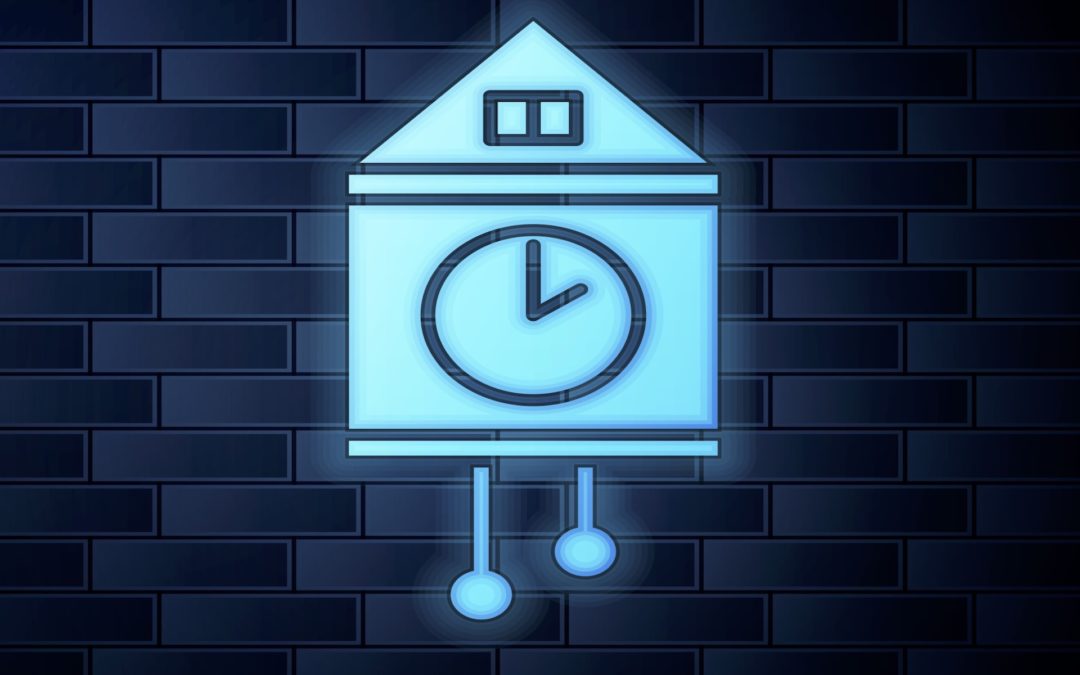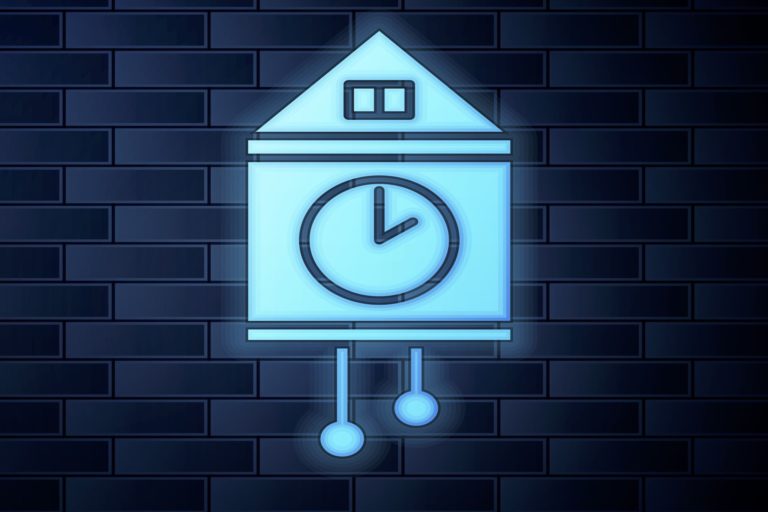
Cloud Business Solutions for the Virtual Office
Virtual offices become the business solution of the now
The term “cloud” is a term as elusive as it is enormous, and a virtual office these days often appears to be anything you want it to be. The sky, after all, is a big place. And fitting lightning in a bottle is no easier than pinning a hard-and-fast definition on the digital computing donkey known as the cloud. When it comes to software deployments, cloud application deployment can mean different things to different people. Unfortunately, this amorphous ambiguity has tangible, deleterious effects on the user community. At its core, a cloud business solution implies real-time data access, and a virtual office is simply a cloud-based environment that enables secure and complete data interaction from anywhere in the world.

SaaS vs. Managed Application Hosting
Let’s begin with the simple admittance that not all clouds are created equal. In cloud computing, you can make a vast sky-and-earth distinction between web and private hosting environments. Let’s lightly look at both.
Web-based solutions:
Purely web-based applications are hosted by a vendor, not the customer. The customer accesses these applications over the internet, often through a simple web browser. Technology consultants often call these deployments “software as a service” (SaaS). This is due to their subscription-based costing model.
Private cloud business solutions:
Private cloud deployments replicate on-premise versions of the software. Customers work with a surrogate hosting partner. The hosting of the application isn’t controlled by a software vendor.
These are the basic options for cloud deployment in a computing environment. This is important to know because if you choose the best cloud business solution for your company infrastructure, you can expect tremendous impact on your company’s capabilities. Thus, you can achieve your strategic objectives.
Does your hybrid cloud lining need a business solution tailor?
In software circles, “tailor-ability” refers to the customization capabilities of an application. Can you safely tailor your application to the needs of your organization? Compare this to core code modifications that were common and often detrimental to ERP implementations of earlier eras. An easy customization process ensures that your cloud solution can adapt to your business like a good ERP lets you easily upgrade.
In this new world, software vendors tout themselves based on toolsets. These computing tools allow customers to tailor an application. The IT department, or an IT consultant, can then address idiosyncratic needs. These solutions promise maintainability and upgradability. And all is well in the world.
However, as software vendors move enterprise platforms increasingly to web-based cloud architectures, the highly touted tailoring functionality can vanish faster than a morning mist in the desert. Moving from traditional office to virtual office is obviously the future of application management, but a web-based infrastructure can limit users.
Fortunately, a hybrid cloud environment assists companies with needs that revolve around complex business environments. Premiere data centers, secure virtual conference rooms, remote worker empowerment, and even futuristic capabilities like machine learning, all become accessible and customizable computing tools.
Will SaaS be enough?
As cloud deployments go, hybrid cloud computing can save companies time, money, and headaches. This is especially true if SaaS is not the most applicable cloud management application available. Software-as-a-Service, or SaaS, is a management tool that is ideal for companies with standard requirements. Cloud infrastructure for configure-to-order environments, for example, needs highly adaptive and robust capabilities. Virtual office services create a cloud-based business address for remote teams to securely meet.
An ideal solution often isn’t the first choice of companies moving to cloud services. Cloud applications are as diverse as the businesses that could benefit from a computing solution that transcends a physical office. What if the sales cycle ends with meeting rooms in the cloud that aren’t specifically helpful to the software buyer? You might regret ever giving out your phone number.
Are you on-premise and going cloud?
I once heard the CEO of a software vendor describe his own transition to the cloud this way: “On-premise vs. cloud has become a matter of customizability vs. configurability.” That is to say, if you are bound to the web-based or SaaS version of the application, and you’re in search of customizability or tailor-ability, you’re out of luck.
Unfortunately, this memo has been slow to reach the prospective user community. Sales engineers demonstrate the software in its on-premise form, on locally-deployed machines, with the full gamut of features and capabilities, only to have the customer ultimately sign the dotted line for the web-based cloud version of the application, a neutered version, bereft of many of the bells and whistles that were so brightly touted during the beauty contest that was the software selection phase. Tricky cloud.
What happens when tire meets the cloud terrain of virtual office?
Companies frequently move through a software selection cycle that ends with a cloud-based solution deployment:
- Closing the sale and finally owning the software license
- Implementing the purchased software
- Training employees and customizing the solution based on business needs
In the third phase of cloud-based application deployment, disappoints surface. For example, clients often struggle to implement an enterprise resource system in a large, and complex business environment. One customer came to us amid such disappointment. Company management purchased an ERP application in the cloud in its Software-as-a-Service (SaaS) form. In this case, “cloud” meant an underpowered, web-based subscription service version of the application. Vapor-ware.
What are some alternatives to SaaS?
Alternatives available in private cloud hosting become necessary in complex environments common in the manufacturing and distribution industry. Frustrated with the limitations of the web-based version, our customer first came to us scrambling to understand just what they had been mandated to implement and whether there were any other options for implementing the software that did not so badly hamstring the organization. Had the management team received an impartial explanation of “the cloud” and its variants, they may have averted many of the frustrations of trying to implement an enterprise system in a complex business environment with a tool that was frankly too underpowered to be up for the task.
A business cloud solution can surface confusion.
If you’re looking at a web-based cloud version of a software, ensure that the vendor’s demonstrations use that specific version. Similarly, if you’re deliberating between the on-premise application and a version of the cloud, work for answers to the following questions:
- Web-based applications operate largely on the server, and operate in a shared environment. This normally limits the amount of server-side tailoring available. Given the thin or zero-client environment, what kinds of tailoring capabilities are available in such an environment?
- Reporting solutions frequently operate on the server, creating challenges when trying to develop custom reports. Does the web-based solution have answers to these challenges?
- User-defined data is often a key capability in complex manufacturing and distribution environments. How does the system in question handle these requirements when deployed in a web-based manner?
- What options are available when it comes to cloud-based versions of the application? How do they differ, in terms of features and capabilities?
- What are the core capabilities of the application, in terms of both configuration and customization? Are these capabilities present in all versions?
- Are there any specific modules of interest that might be affected by a cloud decision, such as field service or product configuration? Do these modules differ in their capabilities based on their cloud versions?
Addressing these concerns at the time of selection verses the time of reflection is key. Nobody wants to reflect on an overlooked version of a software, especially when making the decision to move to a business solution in the cloud.










